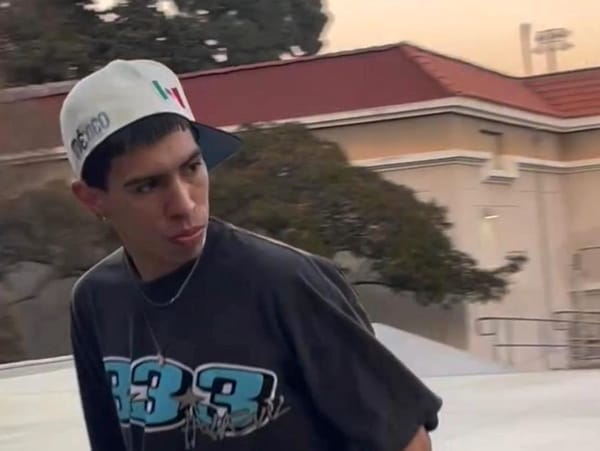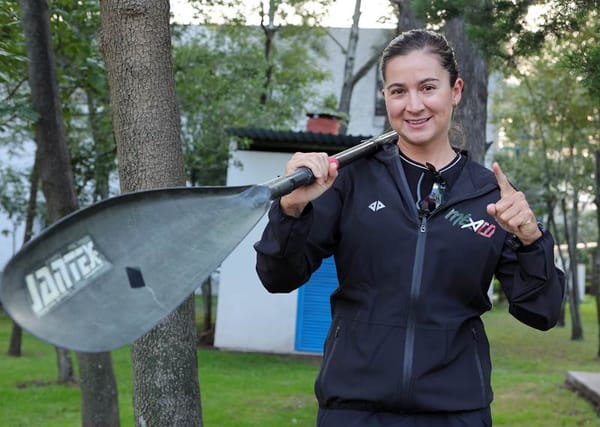Holidays and Christmas gatherings could cause COVID-19 resurgence: expert
It is possible to manage the "waves" of the pandemic with good behavior. According to the specialist from the Institute of Biotechnology of the UNAM, now that the holidays and Christmas gatherings in closed spaces are coming, we could have a resurgence of the COVID-19.

The "waves" of the pandemic can be managed with good behavior. In the case of Mexico, where most of the entities have the epidemiological traffic light in green, people believe that the disease is over and are careless. Now that the holidays and Christmas gatherings in closed spaces are coming, we could have a resurgence, warned Susana López Charretón, a specialist at UNAM's Institute of Biotechnology (IBt),
The expert pointed out that it should not be complicated to stay in open places, keep a distance and use masks; although it is not comfortable, it is not something to suffer if we get used to it. We should not think about when the pandemic will end, but get used to continuing with the sanitary measures. The main way of contagion is through the air, using saliva microdroplets and even smaller ones, which can remain suspended for a long time in unventilated places.
Those normally used for other infectious agents, such as influenza, have between 50 and 60 percent effectiveness so that the percentages of 60 to 95 percent of these biologics are better. So far they work despite the variants of the virus circulating in the world, and the proof is that there was a similar number of sick people in the first 35 days of the second and third waves, but the number of dead people decreased drastically from one to the other.
The difference was the start of vaccination because even though in the third wave we already had a circulation of all variants of SARS-CoV-2, mainly delta, mortality has decreased. The mortality of the fourth wave in Europe is severe in countries where more than 60 percent of the population has rejected them, such as Germany, Austria, and Holland. In the world, before thinking about boosters, we should stimulate vaccination in the normal schedule, she said.
On a global scale, more than four billion have received at least one dose, and three billion have the full schedule. In Mexico, 50 percent of the population over 18 years of age has it and 59 percent have received one dose.
The renowned virologist clarified that as long as there are unvaccinated people in the world there will be an exaggerated replication of the virus and variants will be generated that so far have not affected the functioning of the biologics. "Group immunity is needed; there are those who, for reasons of age or health, cannot be vaccinated, but if the people around them are protected, they prevent the virus from circulating".
Another problem faced is that of false information, fake news, or infodemic. For this reason, she recommended searching for reliable data in sources such as the World Health Organization or the Mexican Society of Virology.
During the event, Jaime Urrutia Fucugauchi, member of the Board of Governors, advisor to the UNAM Foundation, and emeritus researcher of the Institute of Geophysics, said that at various times in history art and science have come together. The forum is a way to illustrate the synergies that exist between both fields.
The director of the Centro de Enseñanza para Extranjeros, Alberto Vital Díaz, agreed that these disciplines come together in the will to represent and a wide range of phenomena, such as astronomical phenomena and viruses. "The greatest tribute that can be paid to contemporary science is to highlight that, thanks to it, we have the opportunity to gradually emerge, with great care, from the pandemic."
The Executive Director of Fundación UNAM, Araceli Rodríguez de Fernández, explained that the Autonomía Cultural Corridor is a chain of cultural, artistic, scientific, technological, and humanistic expressions, generated by a range of institutions. It was named in commemoration of the 90th anniversary of university autonomy and is made up of cultural precincts of the Historic Center and the city, among them, the former Academy of San Carlos, the former College of San Ildefonso, the Mining Palace, and the National College.
Source: UNAM




